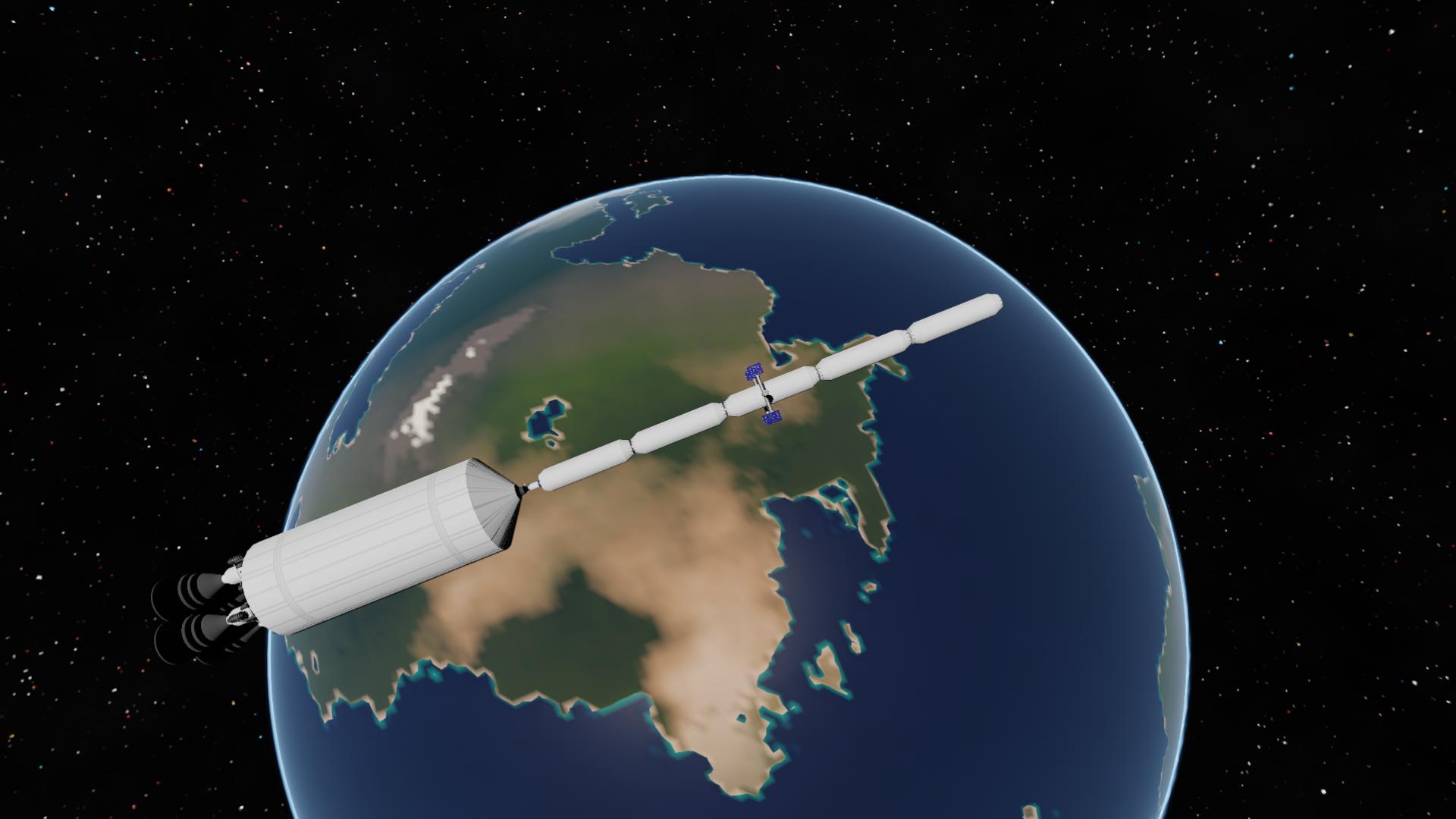

- SPACECRAFT THRUSTERS TILT INTERNATIONAL SPACE STATION CODE
- SPACECRAFT THRUSTERS TILT INTERNATIONAL SPACE STATION SERIES
"After doing that back flip one-and-a-half times around, it stopped and then went back the other way," Scoville told the New York Times.
SPACECRAFT THRUSTERS TILT INTERNATIONAL SPACE STATION SERIES
Additionally, 15 minutes after starting to fire, Nauka's thrusters stopped, though Scoville said he didn't know why the thrusters did so.īut this combined series of events and counteractive measures allowed the team to get the station to stop moving and return to its correct position. The crew, working together with ground teams, helped to counteract Nauka's thrusters by counter-firing thrusters on the Russian module Zvezda and Progress cargo ship. This wasn't fast enough for the astronauts to feel it, however, according to Scoville and also said by NASA officials during the briefing. Related: International Space Station at 20: A photo tourĪccording to Scoville, the station reached a rotation rate maximum of 0.56 degrees per second. And he was soon told that the module could only receive direct commands from a ground station in Russia, which the space station wouldn't pass over for over an hour.
SPACECRAFT THRUSTERS TILT INTERNATIONAL SPACE STATION CODE
"We had two messages - just two lines of code - saying that something was wrong," Scoville said.Īfter initially thinking the message could perhaps be a mistake, he told The New York Times, he soon realized that it was not and that Nauka was not only firing its thrusters, but that it was trying to actually pull away from the space station that it had just docked with. He ended up taking over from the previous lead, Gregory Whitney, who had a meeting to attend, after docking, thinking it would be smooth sailing from there. It was actually his day off, but he was on site because he'd helped to prepare for the module docking and wanted to see how it went. Scoville has echoed this same sentiment, agreeing that the astronauts on board were never in danger in his comments to The New York Times. However, he revealed some details about the day's events that show that the mishap was a bit more serious than NASA's initial comments seemed to suggest.Īccording to the report, Scoville took over mission control after the docking. But the crew was never in any immediate emergency or anything like that." obviously, when you have a loss of attitude control, that's something you want to address right away. During the news conference, space station program manager Joel Montalbano said, "There was no immediate danger at any time to the crew. "We'd reiterate that the maximum rate at which the change occurred was slow enough to go unnoticed by the crew members on board and all other station systems operated nominally during the entire event."Īnother NASA representative added to that "the 45 degree number was initially offered in the first minutes after the event occurred by our guidance, navigation and control officer in Mission Control, but were later updated following an analysis of the actual divergence." Unraveling the eventsįollowing the event on Thursday, NASA held a news conference to discuss what had happened. "Those numbers representing the change in attitude are correct," they said.

2), NASA representatives confirmed to that Scoville's representation of the incident is accurate.

Scoville also shared that this was the first time that he has ever declared a "spacecraft emergency." The space station then did a 180-degree forward flip to get back to its original orientation," according to the report. According to Scoville, the event has "been a little incorrectly reported." He said that after Nauka incorrectly fired up, the station "spun one-and-a-half revolutions - about 540 degrees - before coming to a stop upside down.


 0 kommentar(er)
0 kommentar(er)
